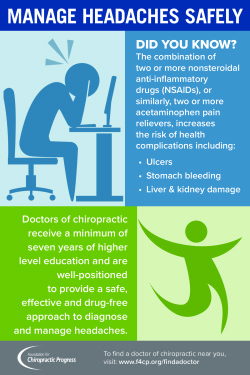The Science Behind Cold Laser Therapy: Recognizing Its Systems And Effects
The Science Behind Cold Laser Therapy: Recognizing Its Systems And Effects
Blog Article
Content Writer-Castro Bartlett
You may have become aware of cold laser therapy as a promising treatment alternative for various conditions, however have you ever asked yourself exactly how it actually services a cellular degree? Understanding the systems behind this therapy can shed light on its performance in promoting healing and lowering swelling. By discovering the scientific research behind cold laser therapy, you'll get understandings right into the interesting methods which light can affect cellular processes and facilitate cells repair.
Exactly How Cold Laser Therapy Works
To comprehend just how cold laser treatment works, you require to grasp the fundamental principles of exactly how light power engages with organic tissues. Cold laser therapy, likewise referred to as low-level laser treatment (LLLT), utilizes particular wavelengths of light to pass through the skin and target underlying cells. Unlike the intense lasers made use of in surgical procedures, cold lasers emit low degrees of light that don't generate heat or trigger damage to the cells.
When these mild light waves get to the cells, they're taken in by parts called chromophores, such as cytochrome c oxidase in mitochondria. This absorption activates a series of biological actions, including raised cellular power manufacturing and the release of nitric oxide, which boosts blood circulation and reduces swelling.
In addition, the light energy can likewise stimulate the manufacturing of adenosine triphosphate (ATP), the energy currency of cells, helping in mobile repair and regeneration processes.
Basically, cold laser treatment uses the power of light energy to advertise recovery and alleviate pain in a non-invasive and mild fashion.
Devices of Activity
How does cold laser therapy actually work to generate its therapeutic results on biological tissues?
Cold laser therapy, likewise known as low-level laser treatment (LLLT), operates with a procedure referred to as photobiomodulation. When the cold laser is put on the skin, the light energy passes through the tissues and is absorbed by chromophores within the cells.
These chromophores, such as cytochrome c oxidase in the mitochondria, are after that boosted by the light energy, causing a waterfall of organic responses. One crucial device of action is the enhancement of mobile metabolic rate.
The soaked up light power enhances ATP manufacturing in the mitochondria, which is critical for cellular function and repair. Furthermore, cold laser therapy aids to lower swelling by hindering inflammatory mediators and advertising the release of anti-inflammatory cytokines.
This anti-inflammatory result adds to discomfort relief and cells healing.
Healing Results
Understanding the therapeutic effects of cold laser treatment involves identifying how the enhanced mobile metabolic rate and anti-inflammatory properties add to its favorable outcomes on organic tissues.
When the cold laser is related to the afflicted location, it stimulates the mitochondria within the cells, bring about increased production of adenosine triphosphate (ATP), which is important for cellular feature and repair service. This increase in cellular power increases the healing procedure by promoting cells regeneration and minimizing inflammation.
Furthermore, the anti-inflammatory buildings of cold laser treatment help to lower pain and swelling in the targeted location. By hindering laser surgery to quit smoking and advertising the launch of anti-inflammatory cytokines, cold laser therapy aids in reducing pain and boosting the total healing action.
This decrease in swelling not just provides instant alleviation but also sustains long-lasting cells repair service.
Verdict
To conclude, cold laser treatment functions by stimulating cellular repair service and cells regeneration through photobiomodulation. Its anti-inflammatory buildings provide pain relief and lower swelling by hindering inflammatory moderators.
This therapy offers a comprehensive strategy to recovery, providing both prompt relief and long-lasting cells repair work advantages.
With its devices of activity, cold laser therapy shows to be a reliable and appealing therapy option for a variety of problems.
